
-
Find the right food for your petTake this quiz to see which food may be the best for your furry friend.Find the right food for your petTake this quiz to see which food may be the best for your furry friend.Health CategoryFeatured products
 Adult Sensitive Stomach & Skin Chicken Recipe Dog Food
Adult Sensitive Stomach & Skin Chicken Recipe Dog FoodHill's Science Diet Sensitive Stomach & Skin dry dog food is gentle on stomachs while nourishing skin & promoting a lustrous coat.
Shop Now Adult Salmon & Brown Rice Recipe Dog Food
Adult Salmon & Brown Rice Recipe Dog FoodSupports lean muscle and beautiful coat for adult dogs
Shop Now Adult Healthy Mobility Chicken Meal, Barley & Brown Rice Recipe Dog Food
Adult Healthy Mobility Chicken Meal, Barley & Brown Rice Recipe Dog FoodAdvanced nutrition shown to support joint health and improve mobility
Shop NowFeatured products Adult Urinary Hairball Control Tender Chicken Dinner Cat Food
Adult Urinary Hairball Control Tender Chicken Dinner Cat FoodPrecisely balanced nutrition to support urinary health from kidney to bladder. With natural fibre technology to help reduce hairballs.
Shop Now Adult Salmon & Brown Rice Recipe Cat Food
Adult Salmon & Brown Rice Recipe Cat FoodSupports lean muscle and beautiful fur for adult cats
Shop Now Adult 11+ Indoor Chicken Recipe Cat Food
Adult 11+ Indoor Chicken Recipe Cat FoodSupports brain health and beautiful fur in mature indoor cats
Shop Now -
DogCat
- Cat Tips & Articles
-
Health Category
- Weight
- Skin & Food Sensitivities
- Urinary
- Digestive
- Kidney
- Dental
- Serious Illness
-
Life Stage
- Kitten Nutrition
- Adult Nutrition
Featured articles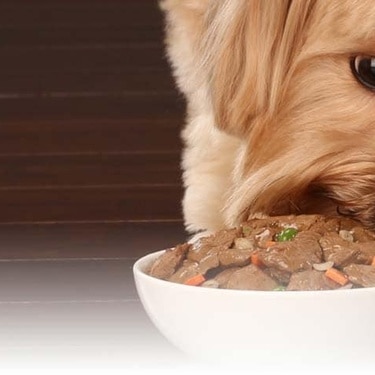 Pet Food Storage Tips
Pet Food Storage TipsWhere you store your cat and dog food can make a big difference in the quality and freshness once it is opened. Here are some common questions and recommendations for optimal storage for all of Hill’s dry and canned cat and dog food.
Read More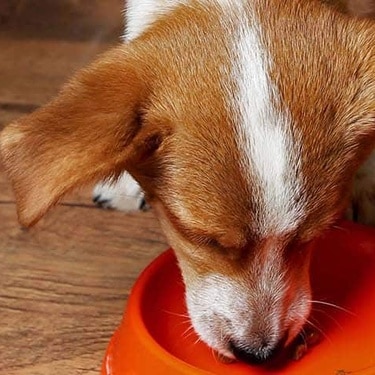 The Right Diet For Your Pet
The Right Diet For Your PetLearn what to look for in healthy pet food & nutrition, including ingredients, quality of the manufacturer, your pet's age, and any special needs they have.
Read More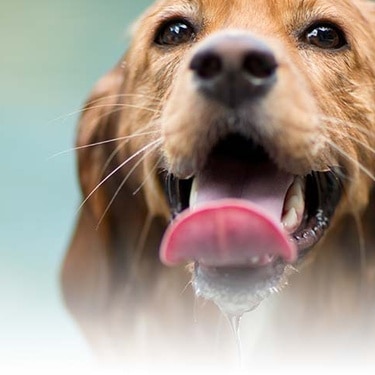 Water
WaterWater is the most important nutrient of all and essential for life. Animals can lose almost all their fat and half their protein and still survive, but if they lose 15% of their water, it will mean death.
Read More -


Few things can be quite as frustrating to a dog owner as dog fleas. They can give painful bites and in some cases transmit disease. An infestation is irritating but manageable and with just a little work they can be treated and prevented.
What are they?
The first step to dealing with fleas is to make sure you understand them and their life-cycle. Fleas are small, flightless insects that survive on blood. They should be visible to the naked eye but if your dog has dark fur you may have an easier time seeing them against the skin. Otherwise, you have to hunt for them.
An irritant at every stage
A flea goes through four stages in its lifetime: egg, larvae, pupae and adult. Adult females lay eggs in batches of 20. These are laid on the host but are usually quick to fall to the ground. Eggs are very small, oval shaped and grey or white in colour.
Once the eggs hatch, larvae emerge which feed mostly on debris such as feces, dead insects or vegetable matter. Within a week or two the larvae will spin cocoons and pupate for another one to two weeks. Adult fleas emerge and must immediately find a host for a source of blood.
Fleas tend to specialize in a particular kind of host. The type you'll find on your dog won't normally feed on humans but there are always exceptions.
Prevention
It is much better to prevent a flea infestation in the first place than to try and eliminate one later. Unfortunately it 's difficult to guess the source of a flea infestation until you've already had one.
Careful vacuuming with particular attention paid to nooks, crannies and upholstered furniture will go a long way towards getting rid of eggs, larvae and cocoons.


Tasty Tips
If you've never had fleas in your home before, the most likely way for them to get in, is to be carried from outside by your dog.
If you know he has been infested after a trip to a certain location (a friend's house for example) then in future, you should bathe and comb him whenever he returns home from that particular place. Use a fine-toothed comb and keep soapy water on hand to drown the fleas.
If the outdoor source is as close as your front lawn then there's little you can do besides taking extra precautions during flea season.
Spotting the signs
You can tell if your dog has fleas when he is scratches or bites excessively or develops a rash on his skin, Eggs or flea dirt (dark, hard pellets of digested blood) either in his fur or on his bedding are also a good indicator.
Treatment
Your vet can recommend a number of treatments to help quickly eliminate fleas and their eggs. These usually work by killing adult fleas (and turning your pet into a walking flea death trap!) or by weakening larvae.
Because treatment usually only affects fleas in one of their life stages it is important to supplement any treatment with diligent cleaning of your dog's bedding.
Be wary of flea treatment products not provided by your vet. As ever, it is always wise to consult with your vet before beginning any sort of treatment on your animal.
Related products

Gentle on stomachs while nourishing skin & supporting development in growing puppies

This weight management and mobility support dog food was created with Hill’s unique understanding of the biology of overweight dogs

Supports lean muscle and beautiful coat for adult dogs

Delicious roasted chicken paired with tender vegetables in a succulent stew
Related articles

Selecting the right food for your puppy is a key to quality nutrition and a long, healthy life., Learn more about how to select the right puppy food.

Though it may seem like your four-legged friend loves nothing more than to nap on the couch, dogs need regular exercise to stay healthy just like people do.

A dog with a sensitive stomach has special needs. Learn more about sensitive stomach symptoms in your dog, what you can do to help sooth your pet’s insides and get recommendations on sensitive stomach dog food.
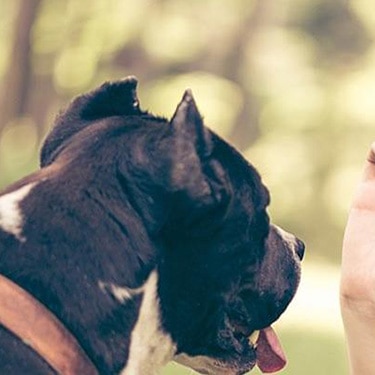
Learn what you can feed your pregnant or nursing dog to keep her and her new pups healthy.
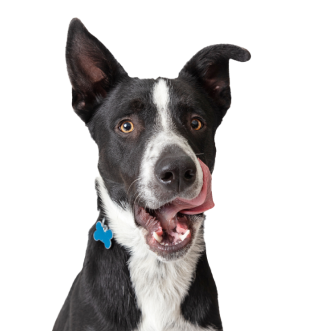
Put your dog on a diet without them knowing
Our low calorie formula helps you control your dog's weight. It's packed with high-quality protein for building lean muscles, and made with purposeful ingredients for a flavorful, nutritious meal. Clinically proven antioxidants, Vitamin C+E, help promote a healthy immune system.
Put your dog on a diet without them knowing
Our low calorie formula helps you control your dog's weight. It's packed with high-quality protein for building lean muscles, and made with purposeful ingredients for a flavorful, nutritious meal. Clinically proven antioxidants, Vitamin C+E, help promote a healthy immune system.


